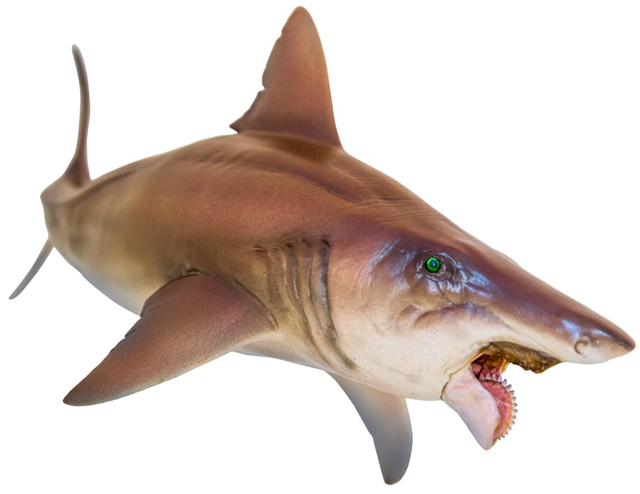A New Species of New Zealand Ghost Shark
Scientists have discovered new species of ghost shark that lives exclusively in the deep waters of Australia and New Zealand. It is a type of Australasian Narrow-nosed Spookfish and has been named Harriotta avia. The new fish species has been scientifically described by Dr Brit Finucci of New Zealand’s National Institute of Water and Atmospheric Research (NIWA).
It was previously thought to be part of a single globally distributed species, until research revealed it is genetically and morphologically different from other ghost fish.
Harriotta avia – A New Species of Ghost Shark
Dr Finucci named the new species in memory of her grandmother.
Dr Finucci explained:
“Avia means grandmother in Latin; I wanted to give this nod to her because she proudly supported me through my career as a scientist. Chimaeras are also rather ancient relatives – the grandmas and grandpas – of fish and I thought the name was well suited.”

A new species of ghost fish has been described. Named Harriotta avia it lives exclusively in the deep waters of Australia and New Zealand. Picture credit: NIWA.
Picture credit: NIWA
An Ancient Order of Cartilaginous Fish
Chimaeriformes certainly are an ancient order of cartilaginous fish (Chondrichthyes). They probably evolved in the Devonian. Most extant species are found at depths greater than two hundred metres, and they live on the seafloor. Harriotta avia feeds on crustaceans, however in the Palaeozoic these types of fish evolved to fill a variety of niches. For example, in 2023, research was published that identified suction feeding in Carboniferous Chimaeriformes.
To read about this research: Carboniferous Chimaeras were Suction Feeders.
Most fossil and extant chimaeras are small, very few specimens exceed one metre in length. However, other prehistoric, cartilaginous fish that were distantly related to the newly described H. avia grew much larger. For example, the Permian genus Helicoprion with its bizarre tooth-whorl jaw, has been estimated to have grown to around eight metres in length.

PNSO Haylee the Helicoprion replica. The stunning emerald eye on the model is reminiscent of the eye of a chimaera such as the deep-water Rabbit Fish (Chimaera monstrosa) to which Helicoprion is distantly related.
The picture above shows a model of the prehistoric fish Helicoprion. This Permian predator is distantly related to extant ghost sharks. The Helicoprion model is from the mid-size model range produced by PNSO.
To view the PNSO models and figures in stock: PNSO Models and Figures.
Chimaeriformes
Ghost sharks (Chimaeriformes) are a group of cartilaginous fish closely related to rays and sharks. These mysterious creatures are also known as rabbitfish, ratfish and elephant fish.
They have a smooth skin, free of scales. Most feed on crustaceans such as shrimp and molluscs with their distinctive beak-like teeth.
Dr Finucci added:
“Harriotta avia is unique due to its elongated, narrow and depressed snout; long, slender trunk; large eyes; and very long, broad pectoral fins. It is a lovely chocolate brown colour.”
Ghost sharks are mainly found in the depths of the ocean. Some are thought to live at depths of up to 2,600 metres. This makes them hard to monitor and study. Marine biologists know very little about their habits, reproduction or their conservation status.
A spokesperson from Everything Dinosaur commented:
“This is an exciting development. It is likely that the deep ocean holds many more secrets.”
The specimens were collected in the Chatham Rise off New Zealand’s coast during research surveys for Fisheries New Zealand.
Everything Dinosaur acknowledges the assistance of a media release from the National Institute of Water and Atmospheric Research in the compilation of this article.

